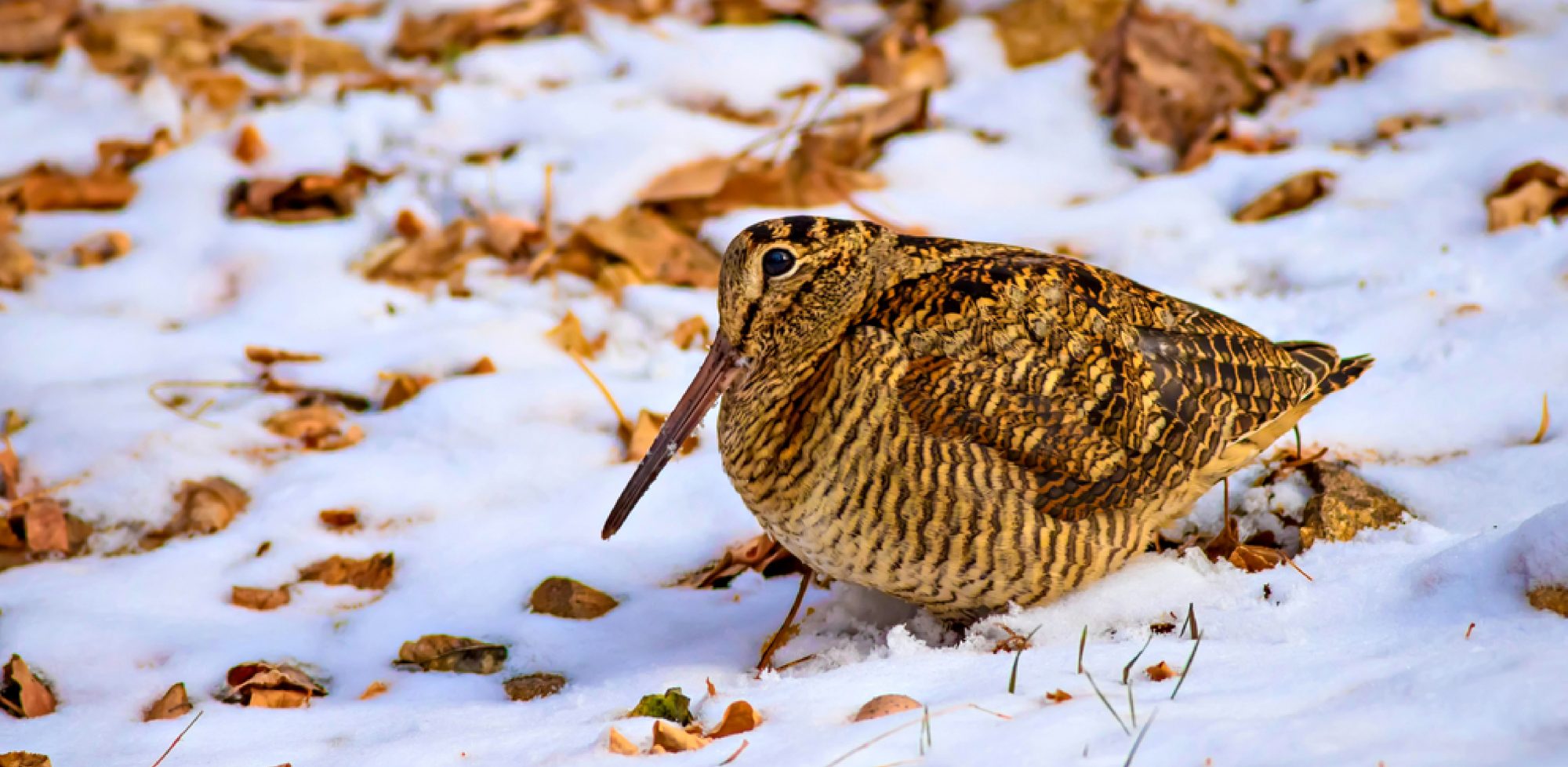The Power of Acoustic Monitoring, and Not Just for Bats! – Dr Carlos Abrahams MCIEEM
Acoustic monitoring for assessing biodiversity, habitat health and environmental change is now firmly established as a powerful tool for ecologists – and not just for bats. Backed up by a large body of scientific literature, the application of these techniques is being driven by the increasing availability of cheaper recording equipment and more accessible analysis techniques. Acoustic methods can now be employed for birds, invertebrates, amphibians, and a range of mammals – covering terrestrial and freshwater habitats and potentially being used for monitoring of agri-environment schemes, Biodiversity Net Gain, and rewilding projects.
In recent months, a range of new acoustic guidance documents and applied reviews have been published, with direct relevance to the work of CIEEM members. These include the ‘Good practice guidelines for long-term ecoacoustic monitoring in the UK’ (download here) and soon-to-be-released guidance on acoustic breeding bird surveys. Dr Carlos Abrahams of Baker Consultants will be delivering a CIEEM training workshop covering this new guidance on 29-30 March, with an online day, followed by an optional in-person workshop for more hands-on training to get to grips with some of the available hardware and software.
Using Bioacoustics for Field Survey (Online)
Using Bioacoustics for Field Survey (In-Person)
The workshop days will explain the potential benefits of ecoacoustics in eliminating surveyor bias, being easily repeatable and scaleable across large study areas. Advice will be given on how acoustic methods can best be integrated with traditional survey methods used within EIA or conservation management. The training will allow ecologists, conservation practitioners, land managers, farmers, and rewilders to understand how to the latest developments in acoustic monitoring to survey the biodiversity on their land and monitor long-term changes.
Dr Carlos Abrahams MCIEEM, Director of Bioacoustics at Baker Consultants, has been researching technical applications of acoustic methods for over ten years and has won CIEEM best-practice awards for this work. The workshop will focus on the real-world application of these technologies in the field, to ensure that the methods are reliable and repeatable when applied in a commercial or conservation environment.
Blog posts on the CIEEM website are the views and opinions of the author(s) credited. They do not necessarily represent the views or position of CIEEM. The CIEEM blog is intended to be a space in which we publish thought-provoking and discussion-stimulating articles. If you’d like to write a blog sharing your own experiences or views, we’d love to hear from you at SophieLowe@cieem.net.
